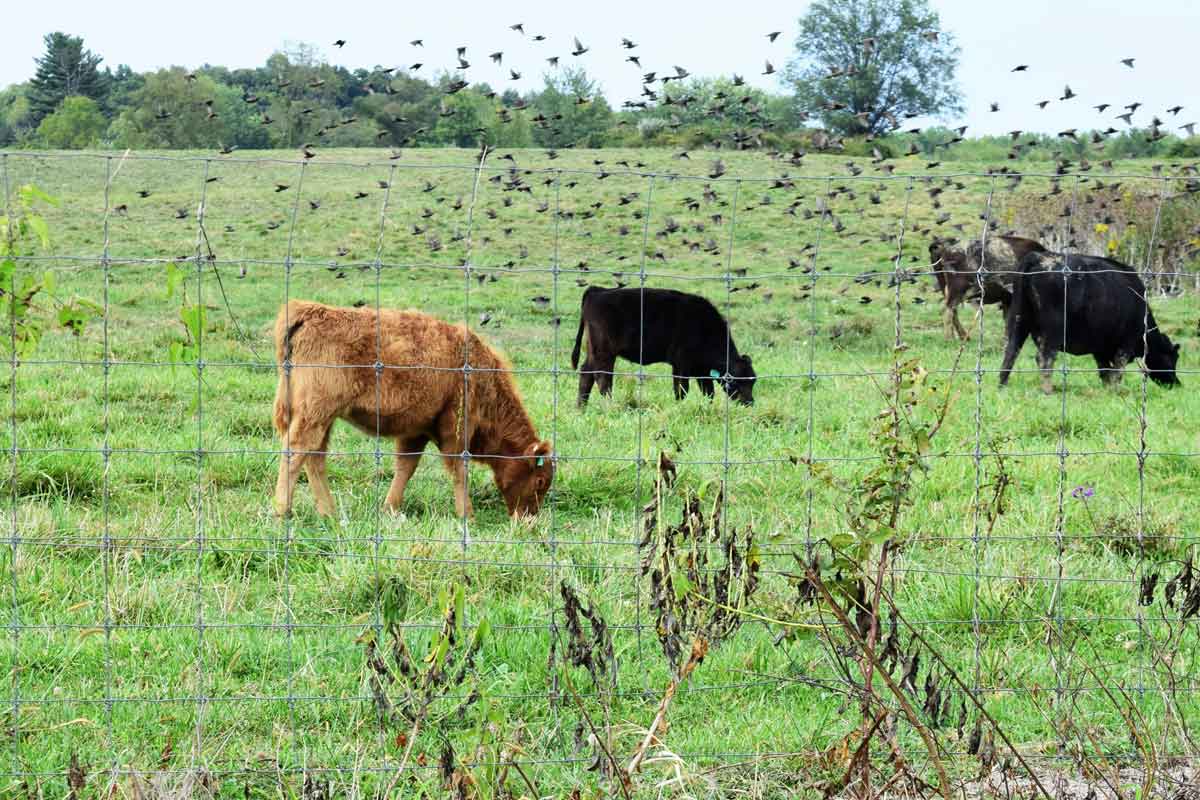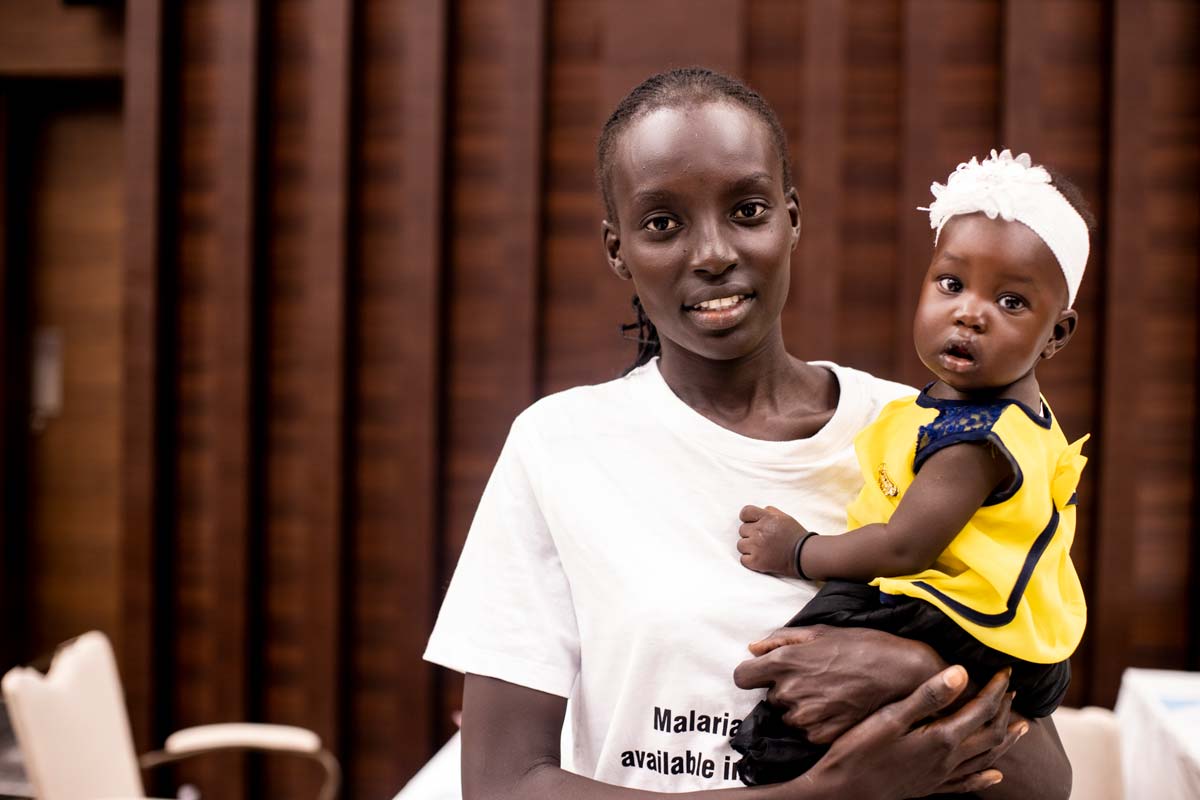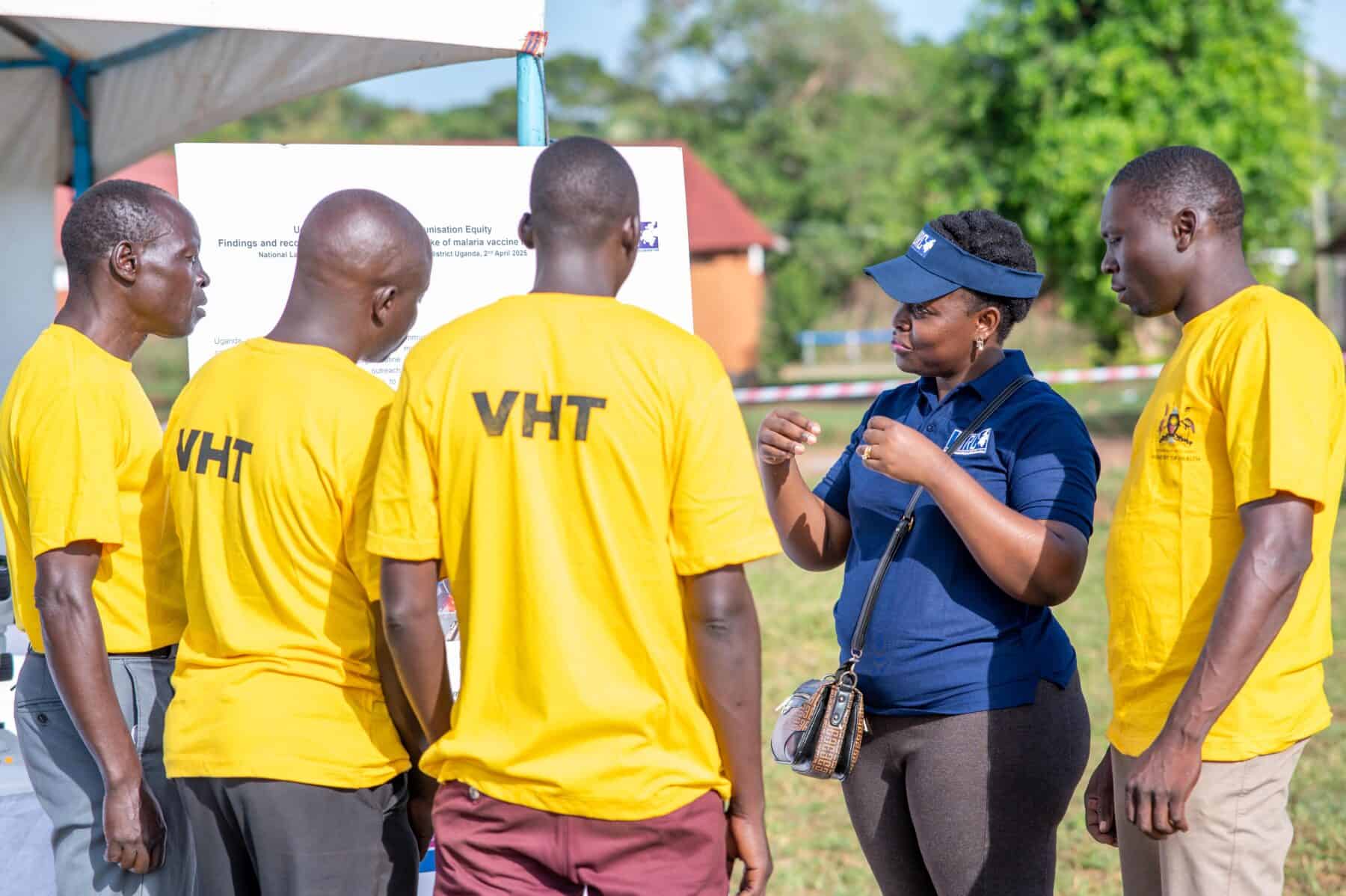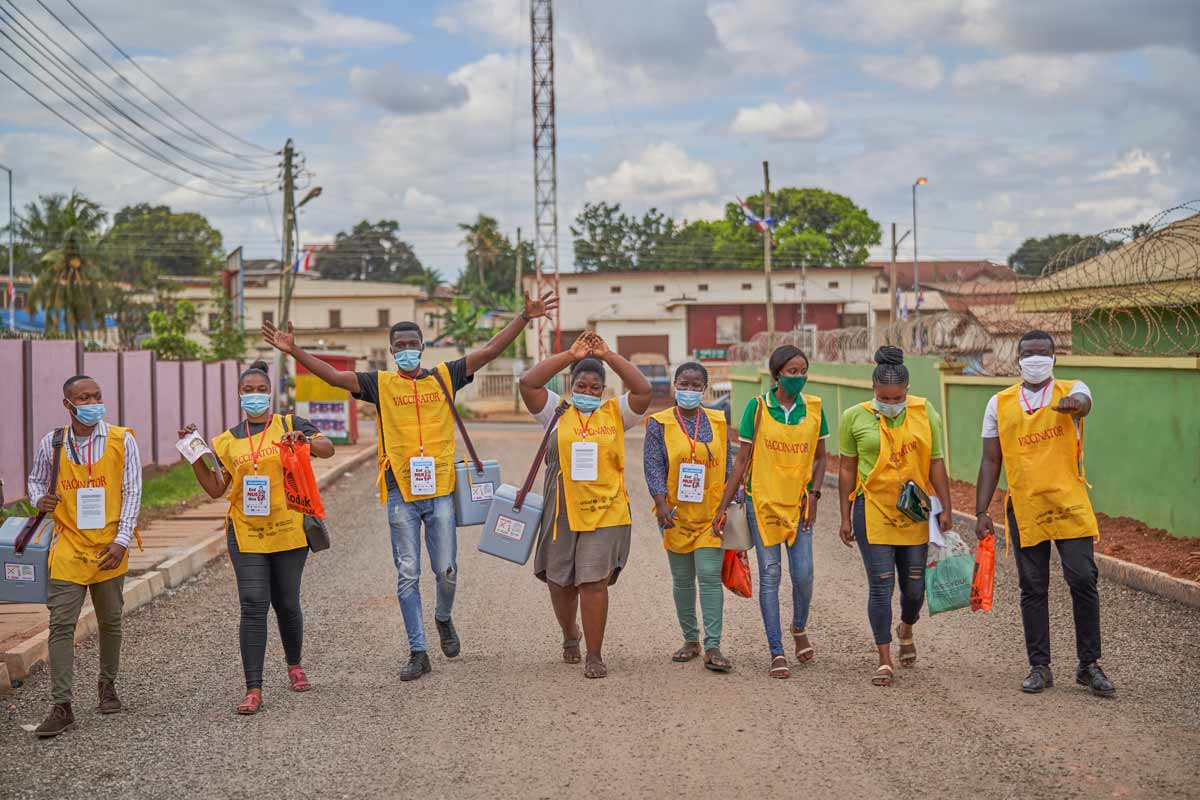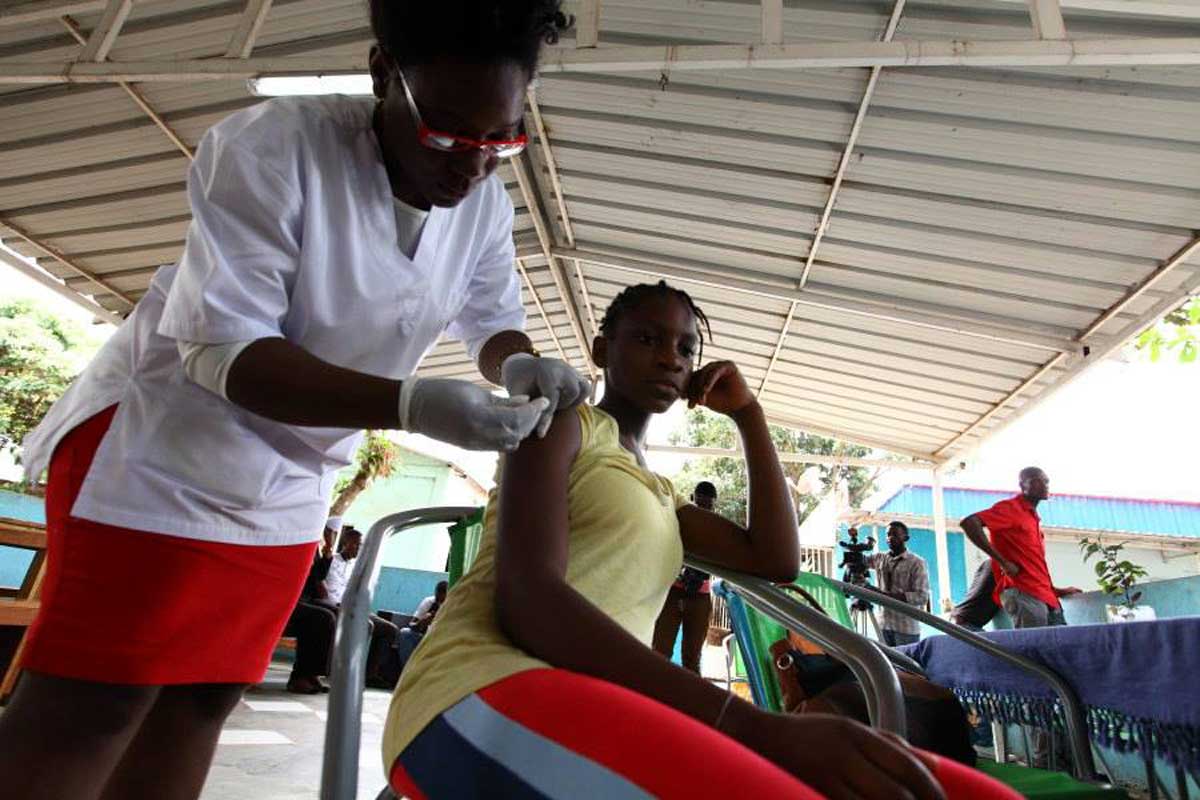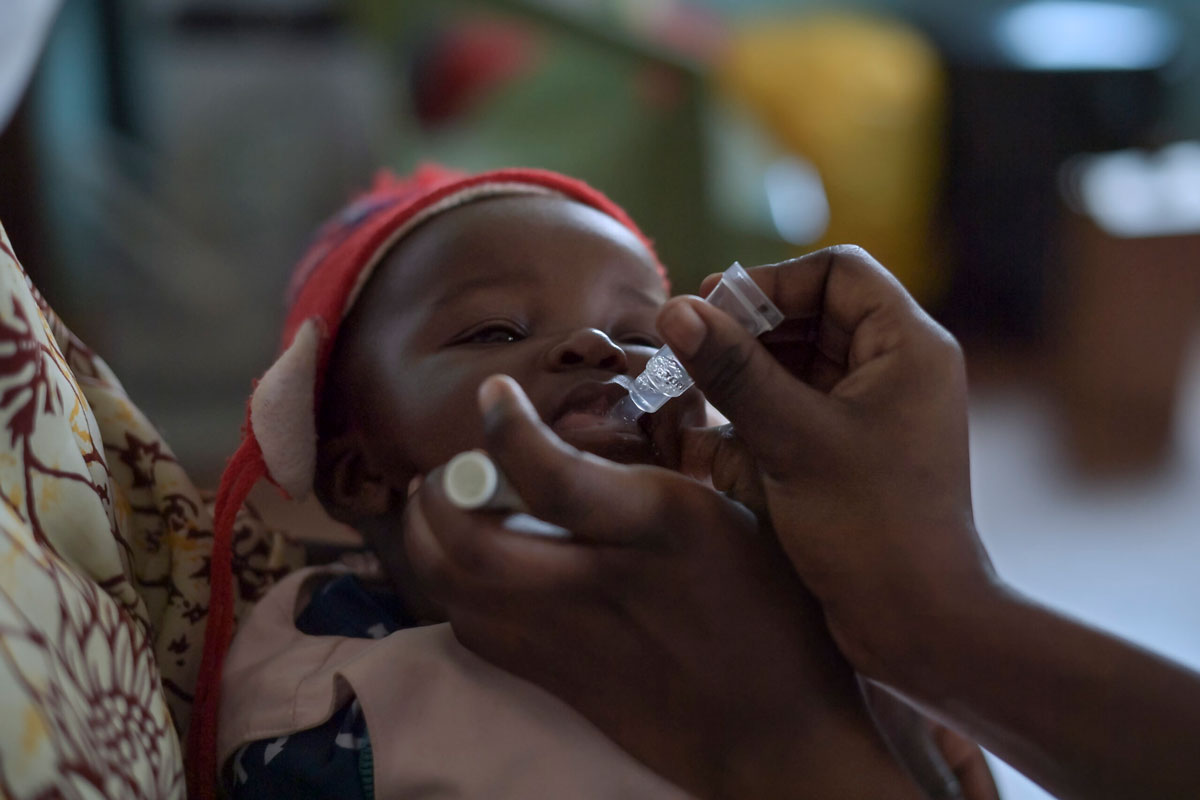Rift Valley fever kills both livestock and people, and it's becoming more common
Outbreaks are expanding geographically and occurring at shorter intervals, scientists say, as Kenyan livestock herders report migrating to dodge disease hotspots.
- 11 March 2025
- 6 min read
- by Joyce Chimbi

A farmer arrived at Marsabit County Referral Hospital with a fever in early 2024, and became the first human to be diagnosed with Rift Valley fever (RVF) in Kenya’s most recent outbreak of the zoonotic viral disease.
Meanwhile, an RVF outbreak in camels in Marsabit County, on Kenya’s border with Ethiopia, was a grave worry for pastoralists like Ali Hassan, who lives in neighbouring Isiolo County.
Hassan had uprooted his family from Garissa County during the devastating outbreak of 2006–2007, after losing many sheep, goats and camels. “Before they died, the pregnant ones were bleeding and aborting. It is a bad painful memory,” said Hassan. “In 2020 and 2021, the same disease arrived in Garbatulla, Isiolo, where I now live, and some pastoralists and their animals became very sick. I moved further away towards Tana River County.”
Deadly zoonosis
First discovered in Kenya in 1930 during an investigation into an epidemic among sheep in Kenya’s Rift Valley region, the virus is also capable of causing severe disease in cattle, camels and goats. Among animals, the disease is spread by several species of mosquito, but humans are most commonly infected when they come into direct or indirect contact with the blood or organs of infected animals – such as during veterinary care of ill animals, or butchering of their carcasses.
In the almost 100 years since its discovery, RVF has spread, recently causing outbreaks in Uganda, Sudan, Mauritania and on the island of Mayotte in the Mozambique Channel. It has also been reported outside Africa, with an outbreak in Saudi Arabia and Yemen in 2000 proving its capacity for export. A 2021 review study found that the RVF virus transmission is expanding both in range and frequency.
For most human patients, infection means little more than a week or so of flu-like symptoms and fever. But in some, it can be a severe and even life-threatening condition, and major epidemics of the past have racked up hundreds of human deaths. The World Health Organization says that fewer than 1% of patients are likely to develop a highly fatal haemorrhagic fever form of the illness, with a comparable minority developing meningoencephalitis, which is liable to cause lasting neurological problems post-recovery. Between 0.5 and 2% of patients can sustain eye damage that may or may not resolve.
The virus also carries serious risks for foetuses and newborns. “Pregnant women infected with the RVF virus are nearly five times more likely to have a miscarriage compared to uninfected women. In severe infections, women are at an even greater risk of a late-term miscarriage, which occurs between 14 and 24 weeks of pregnancy. Late-term miscarriages, while rare affecting 1 in 100 women, are common among women with acute RVF infection,” says Dr Ibrahim K. Guyo, a gynaecologist/obstetrician in Isiolo County.
Dr Guyo also highlights the risk of mother-to-child transmission of the RVF virus through the placenta. Symptoms such as fever, headache and general feeling of illness found in infected pregnant women are often found in their newborns shortly after delivery.
The physician recommends close monitoring of pregnant women in endemic areas, because the virus can go undetected during pregnancy and then cause stillbirth or birth defects such as an enlarged liver and spleen in humans, skin rash and jaundice, and small, weak muscles in animals.
Direct and indirect health toll
Tabitha Njenga lives in Meru County, neighbouring Isiolo. Although she experienced no serious complications during pregnancy, her baby was born with jaundice in 2021 – a common enough symptom in neonates, but one which can also be a sign of Rift Valley fever. Njenga notes that her sister’s two children, delivered in 2020 and 2024 respectively, were also born jaundiced.
But Rift Valley fever can threaten the health of children indirectly, too. In pastoralist communities such as in Isiolo County, where at least 80% of the population rely on livestock for their living, Dr Guyo says an RVF outbreak can be economically devastating. Mortality and miscarriage in pregnant sheep can range from 5–100%, and mortality rates in young lambs can be as high as 95%.
Hard-hit livestock herders are at greater risk of infection. Between the beginning of one recent outbreak that started in November 2020 in Isiolo, Mandera, Murang’a and Garissa counties, and February 2021, 32 human cases and and 11 deaths were recorded – with the majority of the patients being male herders aged 13 to 70 years old.
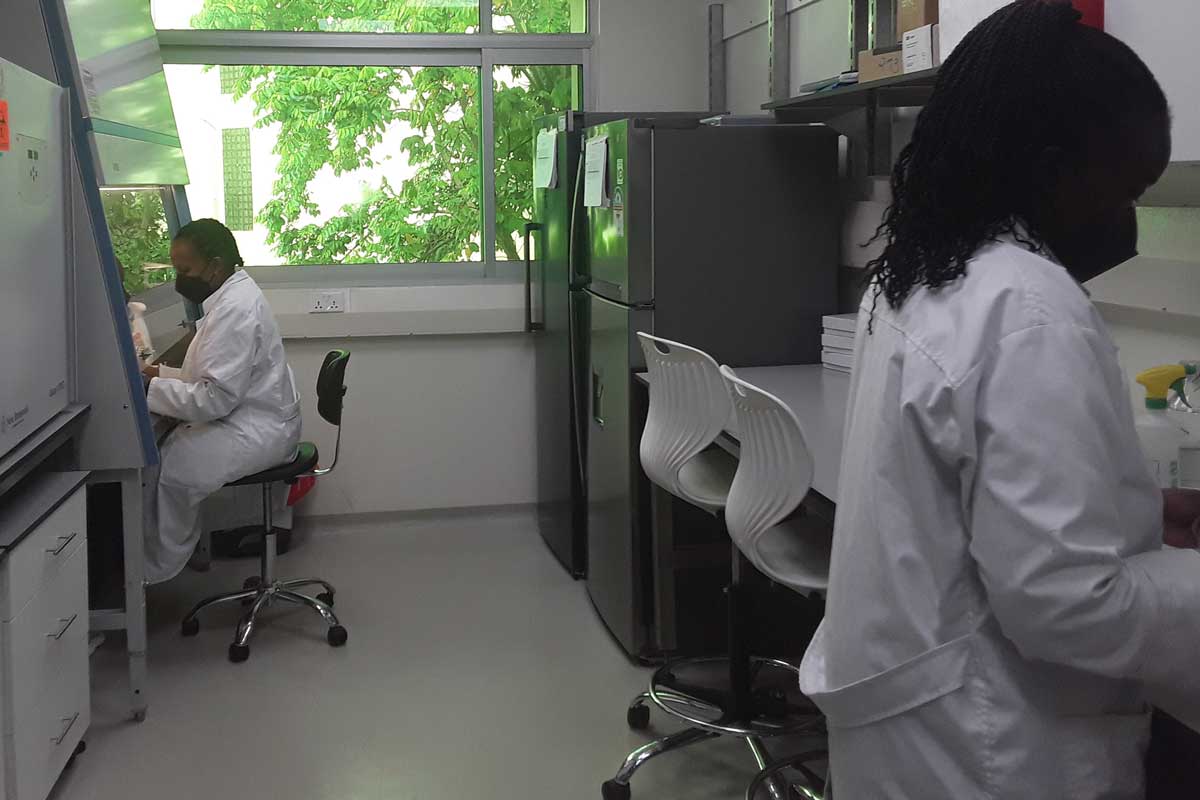
Growing threat
“In the beginning, RVF outbreaks in Kenya occurred every ten years. Later, the cycle reduced to every five years. There is a strong link between climatic events such as heavy rainfall and flooding with the RVF outbreaks. We are now experiencing smaller outbreak cycles of every three to two years and it will soon come down to every year. There was an RVF event in 2020/2021 and another in 2023/2024,” says Edward Murimi, a veterinary extension officer in Isiolo County.
Research looking at RVF disease in Kenya, Tanzania and Uganda between 2008 and 2022 found 91% of outbreaks recorded in that time-span were small clusters of RVF, linked to climate change, and affecting humans and livestock in areas that had not previously reported the disease.
“Livestock vaccines against the Rift Valley fever exist and are in use, but pastoralists are often nomadic, and have low RVF awareness levels, leading to low to no vaccination coverage and movement of the disease. Other challenges include the need for multiple doses and some low risks of side-effects such as abortions in pregnant vaccinated animals,” Murimi explains.
A study on knowledge and practices in Rift Valley fever conducted in Nyandarua County in Central Kenya among 57 livestock farmers, found that while 98% reported the presence of mosquitoes in their homes, just 65% of those respondents reported using a mosquito net. Only two of the farmers interviewed (3.5%) had vaccinated their animals against RVF, despite high rates of illness and mortality among their livestock.
Have you read?
How close is a human vaccine?
There are currently no licensed human vaccines or specific therapeutics for human RVF.
But the hunt is on. A promising human vaccine candidate entered Phase II clinical trials – the most advanced stage a human RVF vaccine has yet reached – in Kenya in October 2024, with support from CEPI. The trial, which includes 240 healthy adult participants, is being led by a team of scientists at the University of Oxford and the Kenya Medical Research Institute (KEMRI)-Wellcome Trust Research Programme.
Meanwhile, the Ministry of Health and County Health Departments are working with health officials and Community Health Promoters such as Makena Gakii in Meru County to raise awareness of the neglected tropical disease and available interventions such as livestock vaccination.
“We advise households with livestock to use gloves and gumboots when handling sick livestock and follow safe slaughter practices. We encourage use of mosquito nets and repellents, clearing of bushes and stagnant water as they are breeding grounds for mosquitos. We also encourage pregnant women to go to the hospital whenever they have a fever or joint pains or persistent feeling of general body discomfort,” Makena says.



